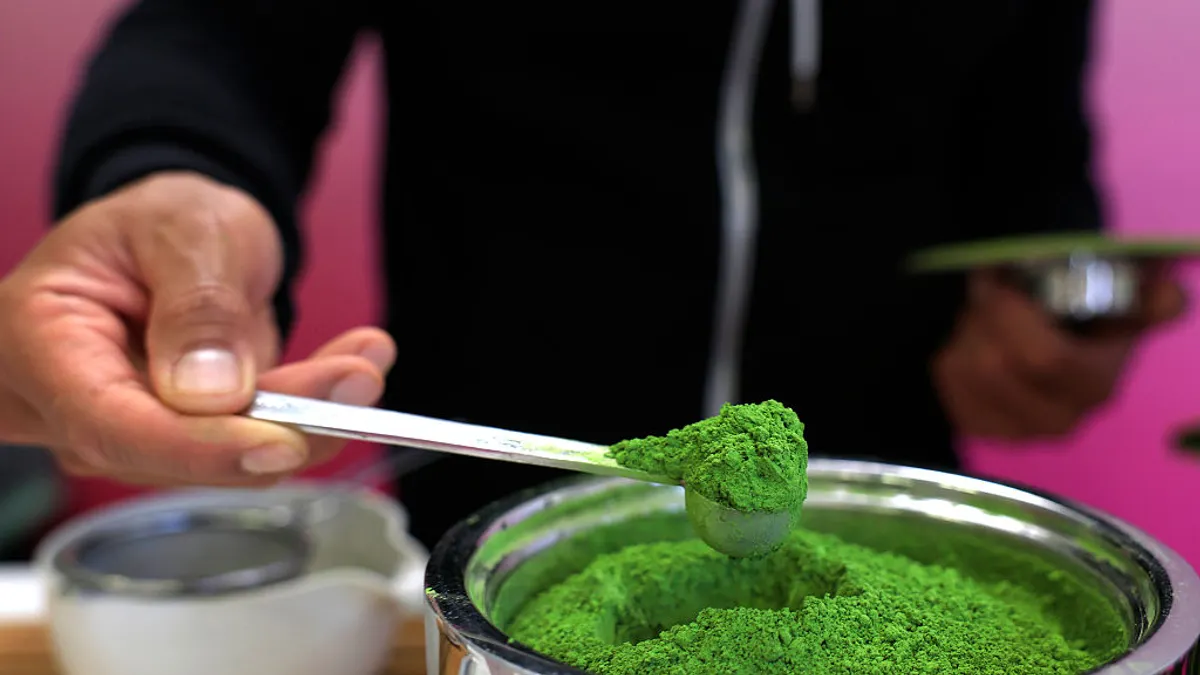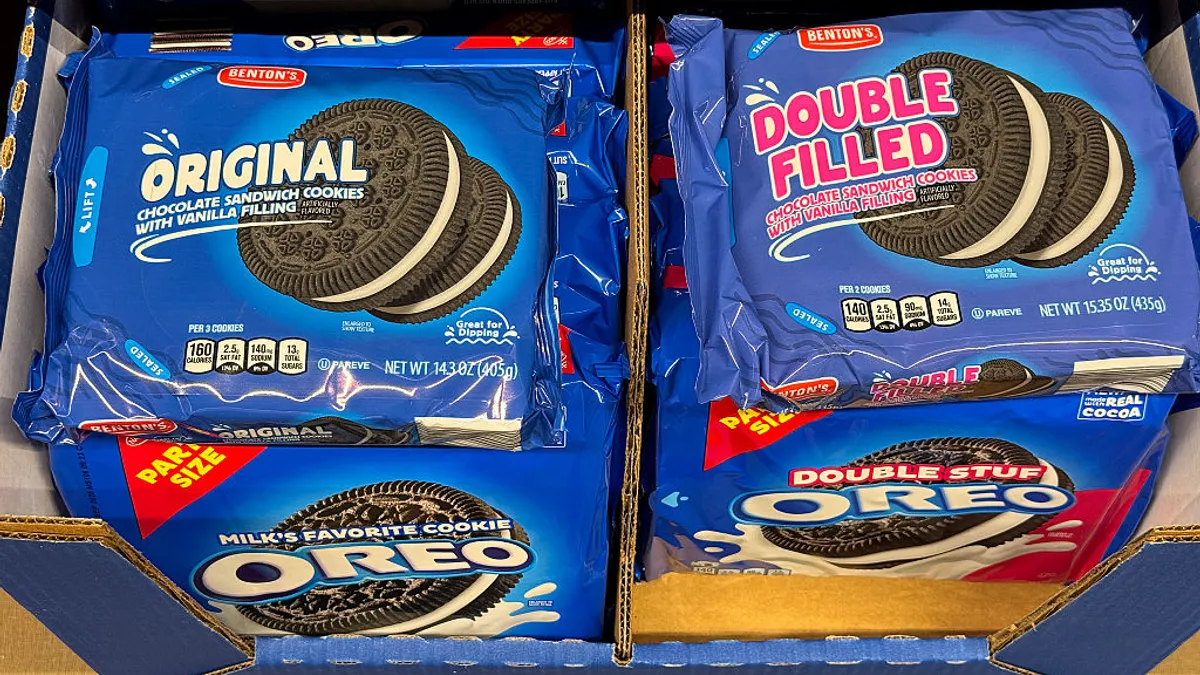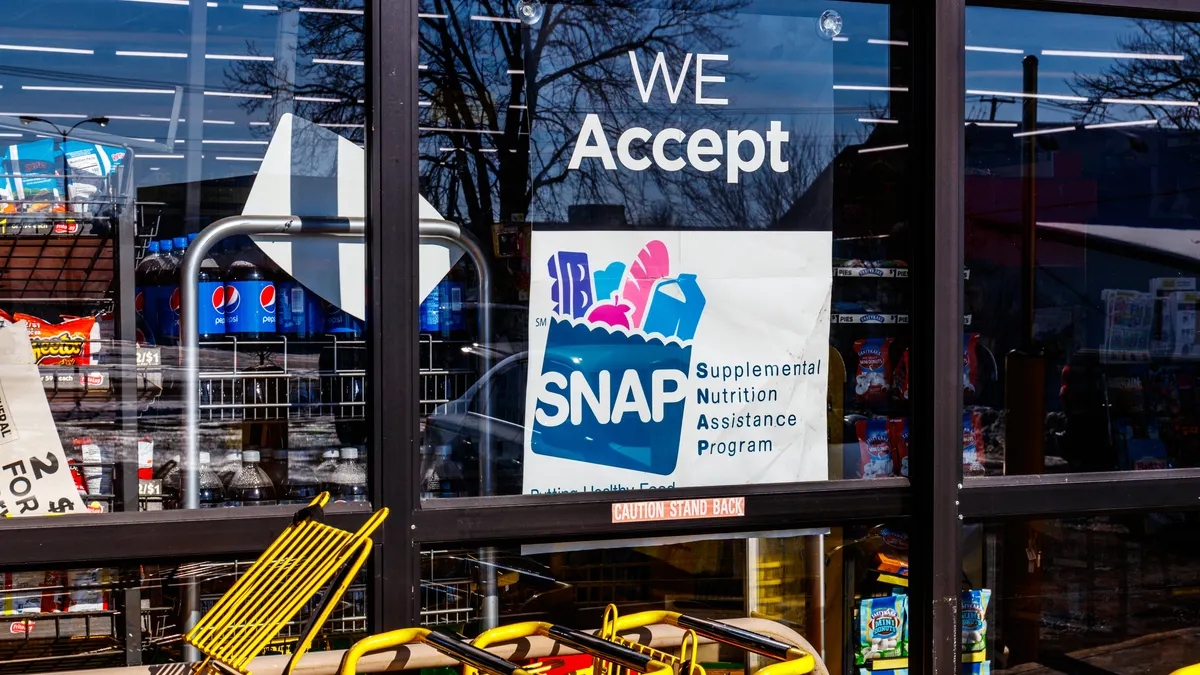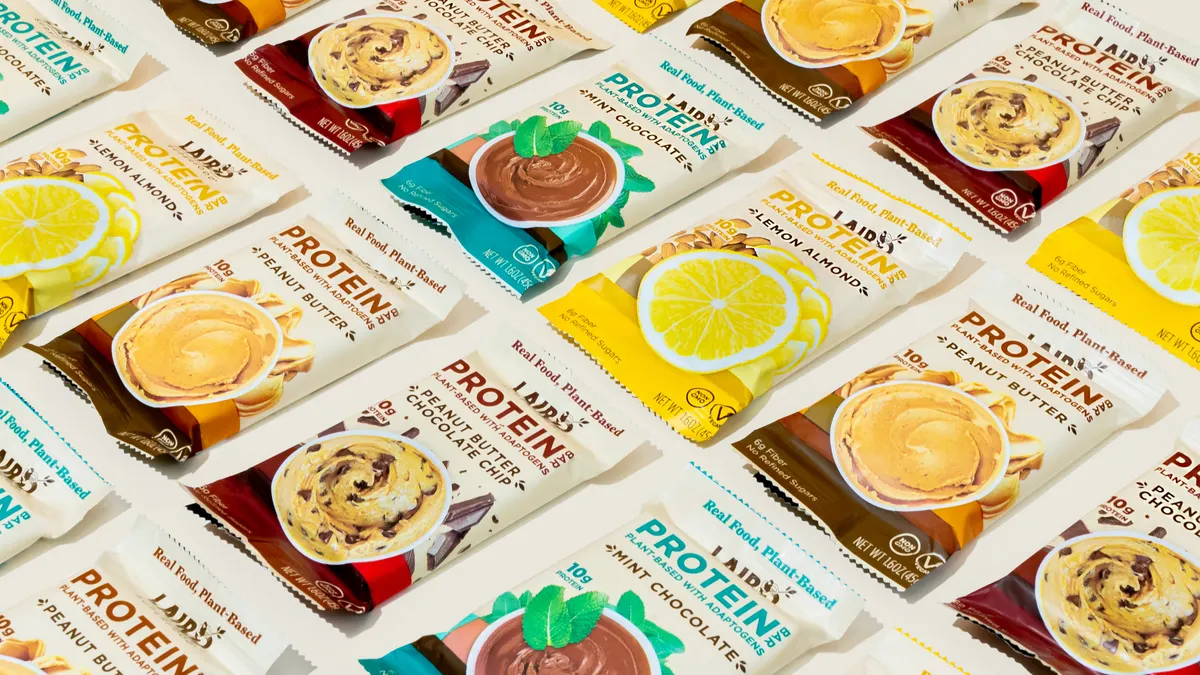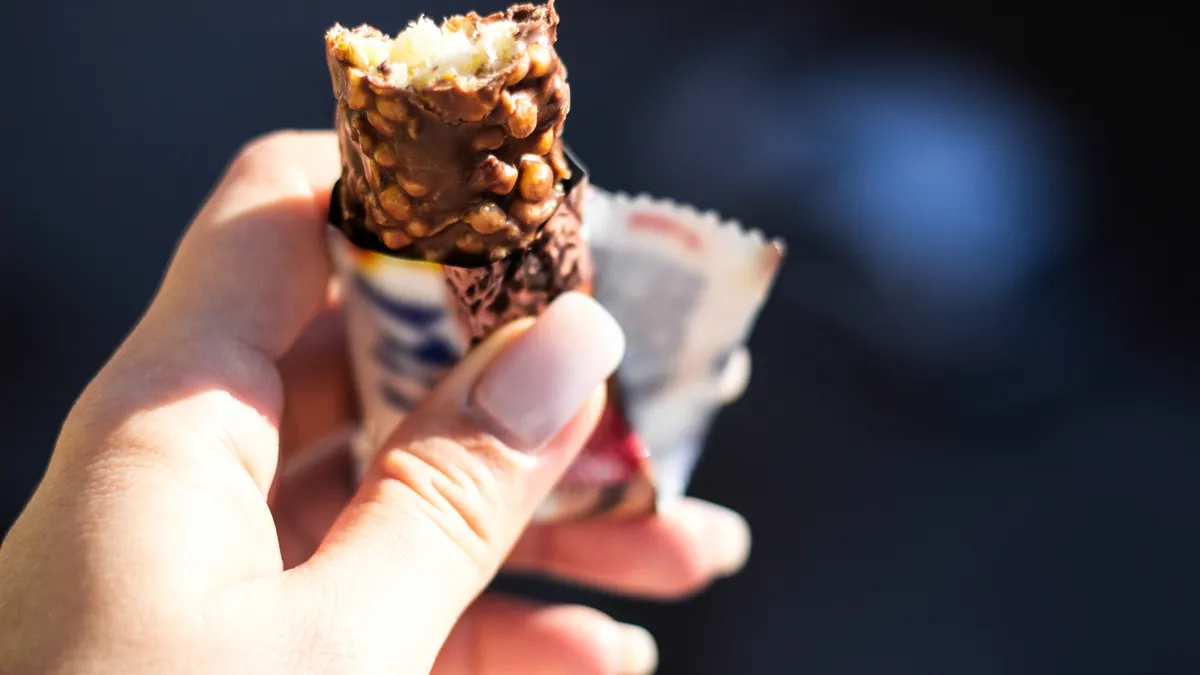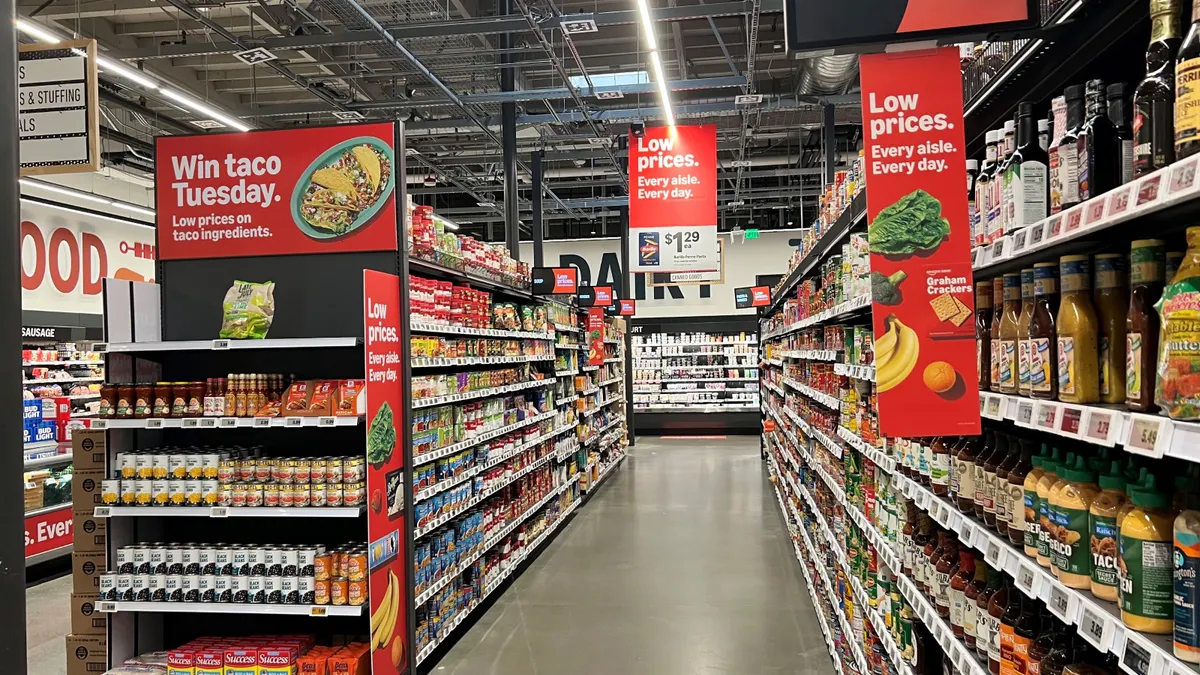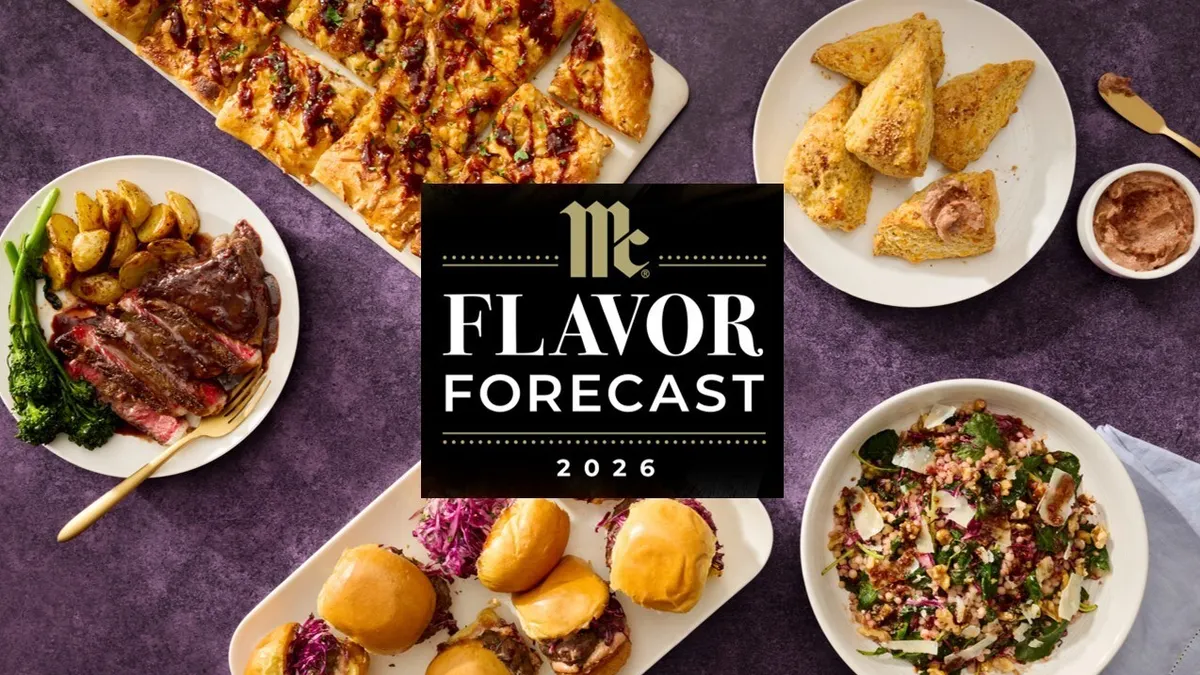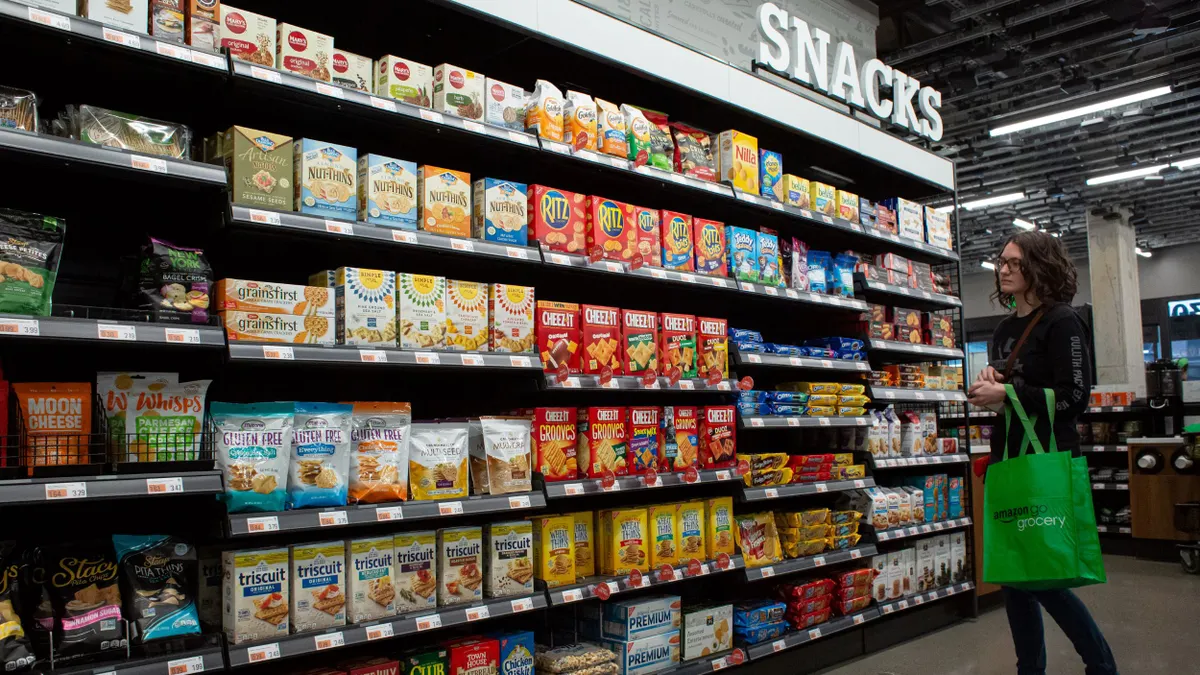Matcha has become the ingredient of the moment thanks to social media, but surging demand is creating unprecedented supply shortages to the point that online scalpers have taken to hawking the powdered green tea.
Traditionally used for ceremonial purposes, matcha is now being swirled into everything from lattes to desserts. The powder has been touted as a "clean caffeine" alternative to coffee, and its vivid green color has resonated with younger consumers looking for food and drinks that pop on TikTok and Instagram.
The matcha market generated $478.8 million in 2024 and is projected to reach $762.6 million by 2030, Grand View Research projects. Retail sales of the tea powder increased 86% from three years ago, according to NeilsenIQ data cited by the Associated Press.
But as matcha mania reaches dizzying new heights, farmers in Japan — where the tea has historically been produced — are struggling to keep up. A record-breaking heat wave, an aging farming population and the intricate production process involved with high-quality matcha have led to significant supply shortages and an explosive increase in prices.
“What many don’t realize is that matcha is only about 7% of total tea production in Japan,” said Peter Goggi, president of the USA Tea Council. “One of the reasons is that matcha processing is exacting and requires specific equipment and process.”
Matcha is prepared from Tencha, a shade-grown leaf that is highly susceptible to climate change, according to the International Tea Committee. Record heat and drought in Japan have already led to smaller-than-expected harvests this year that are unlikely to quench consumers' thirst for matcha.
Tencha trading prices in Kyoto increased 265% between 2024 and 2025, the ITC said, citing data from JA Kyoto. The Trump administration's 15% tariff on Japanese imports has also fueled price increases in the U.S., where some café owners are also seeing wait times for matcha products balloon from one to two months to six months.
The supply shortages have also led to another unexpected problem — scalpers. Encouraged by the high prices, unauthorized resellers are buying in bulk to sell at a higher premium or flooding the market with lower quality, potentially untested bargain products.
“It's a bit surreal. It's not something I would have guessed would have happened three or four years ago, where people are scalping matcha,” said David Lavecchia, one of the founders of Tezumi, a U.S.-based seller of Japanese teas and teaware.
Many matcha suppliers are instituting purchasing limits. Marukyu Koyamaen, renowned 300-year old Kyoto matcha producer, published an ever-growing list of unauthorized resellers this summer, with many selling through social media.
Due to this unprecedented demand, many farmers in Japan have switched from producing other teas to matcha instead. Other tea-producing countries such as China, Kenya and India are also rushing into the market and increasing matcha production.
But significantly increasing supply overnight isn't possible even with new players stepping in. It takes five years after planting a new tree before farmers can harvest, according to Ippodo Tea, a premium supplier that raised prices of its top-tier Ummon matcha by 53%.
Matcha is a cornerstone of the Japanese tea ceremony, and the highest grade powder often requires hand selection of the best, most tender leaves. Increasing production from other regions could help meet demand for lower-grade matcha used in lattes and desserts, Lavecchia said, without pressuring the supply of high-quality product that's meant "to be savored in a more focused context.”
Goggi, of the USA Tea Council, noted consumers looking for lower priced alternatives to matcha have plenty of options. Matcha is simply ground green tea leaves, Goggi said, which are grown from the Camellia sinensis bush — the same plant responsible for black, oolong, white and dark teas.
“There's a lot of Tiktok people … that will say, ‘matcha is the greatest thing for you,’” Goggi said. “It's a bit of a hype … It is good for you, but it's not any better for you than drinking green tea or black tea.”

